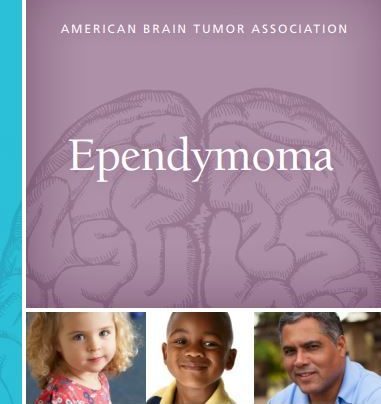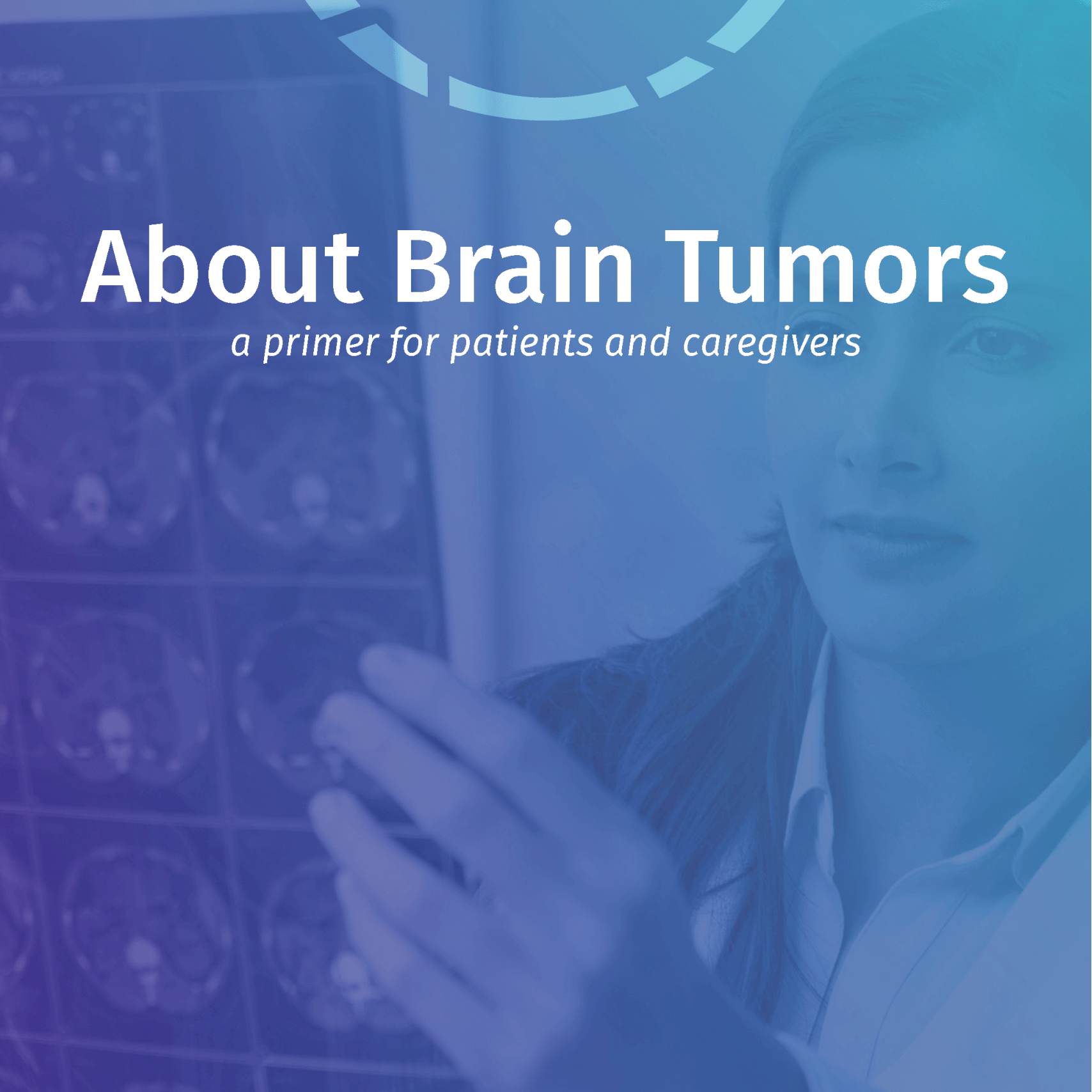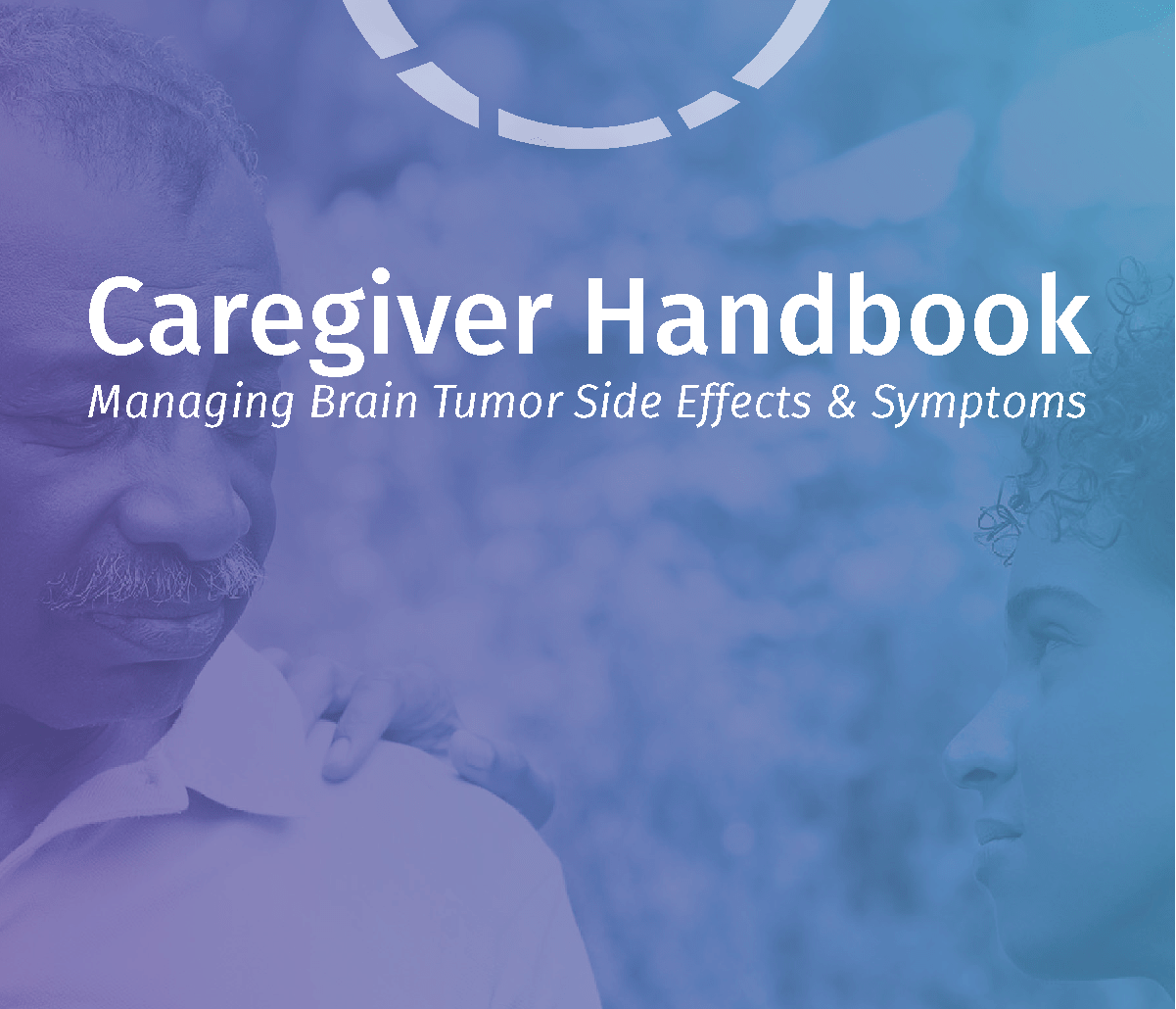When someone hears the word ependymoma (pronounced ep-en-dy-MO-muh), it can feel overwhelming. This rare brain and spinal cord tumor affects both children and adults. However, thanks to research and medical advances, there is hope and help available. This blog post will explain what ependymoma is, its symptoms, how it is diagnosed, and what treatment options are available.
What Is Ependymoma?
Ependymoma is a type of tumor that starts in the central nervous system (CNS), which includes the brain and spinal cord. These tumors develop from cells called ependymal cells, which line the spaces in the brain and spinal cord where cerebrospinal fluid (CSF) flows. CSF cushions the brain and spinal cord while providing nutrients.
Ependymomas are considered primary tumors, meaning they usually do not spread to other parts of the body. They can form anywhere in the brain or spinal cord, but they most often appear:
- In the cerebellum (which controls balance and movement) in children
- In the spinal cord in adults
Types of Ependymoma
The World Health Organization (WHO) classifies ependymomas into different subtypes:
- Subependymoma (Grade I)
- Myxopapillary ependymoma (Grade I)
- Classic ependymoma (Grade II)
- RELA fusion-positive ependymoma (Grade II or III)
- Anaplastic ependymoma (Grade III)
The grade tells doctors how fast the tumor might grow:
- Grade I and II tumors: Tend to grow more slowly.
- Grade III tumors: Grow faster and are more aggressive.
Symptoms of Ependymoma
Symptoms depend on where the tumor is located in the CNS. Common symptoms include:
- Headaches (often caused by increased pressure in the brain)
- Nausea and vomiting
- Vision problems
- Seizures
- Personality changes
- Back and neck pain (if the tumor is in the spinal cord)
- Difficulty walking or loss of coordination
If you or someone you love experiences these symptoms, it’s important to talk to a doctor right away.
How Is Ependymoma Diagnosed?
Doctors use several tests to diagnose ependymoma:
- MRI Scan: This imaging test gives a detailed picture of the brain or spine.
- CT Scan: Often used to quickly identify tumors.
- Biopsy: A small sample of the tumor is removed and examined to determine the type and grade.
- Lumbar Puncture (Spinal Tap): Checks if cancer cells have spread through the cerebrospinal fluid.
Treatment Options for Ependymoma
Treatment depends on the tumor’s type, size, grade, and location. Common treatments include:
1. Surgery
Surgery is usually the first step in treating ependymoma. The goal is to remove as much of the tumor as possible. A complete removal can often improve survival rates.
2. Radiation Therapy
If surgery doesn’t remove all the tumor or if the tumor is aggressive, radiation therapy is used. Types of radiation therapy include:
- External Beam Radiation Therapy (EBRT)
- Proton Therapy
- Stereotactic Radiosurgery
3. Chemotherapy
Chemotherapy is not always effective for ependymomas but may be used:
- In young children to avoid radiation
- For tumors that return after initial treatment
Clinical Trials and Research
There are ongoing clinical trials for new treatments, including targeted therapies and immunotherapy. These focus on using a patient’s own immune system to fight the tumor. Speak with your doctor to learn if participating in a clinical trial is a good option.
Living with Ependymoma: What to Expect
Recovery and follow-up care are essential parts of treatment. After treatment, patients should:
- Attend regular MRI scans and check-ups to monitor for recurrence.
- Work with physical therapists or rehabilitation specialists if needed.
- Receive emotional support from counselors or support groups.
An ependymoma diagnosis can be frightening, but understanding the disease and its treatment options can help patients and caregivers make informed decisions. With ongoing research and support, there is hope for better treatments and improved quality of life for those affected.

Ependymoma (for Patients & Caregivers)
This publication provides an overview of the diagnosis and treatment of ependymomas. COPYRIGHT© 2021 ABTA
There is a free PDF of this brochure in English and Spanish available for download after checkout































